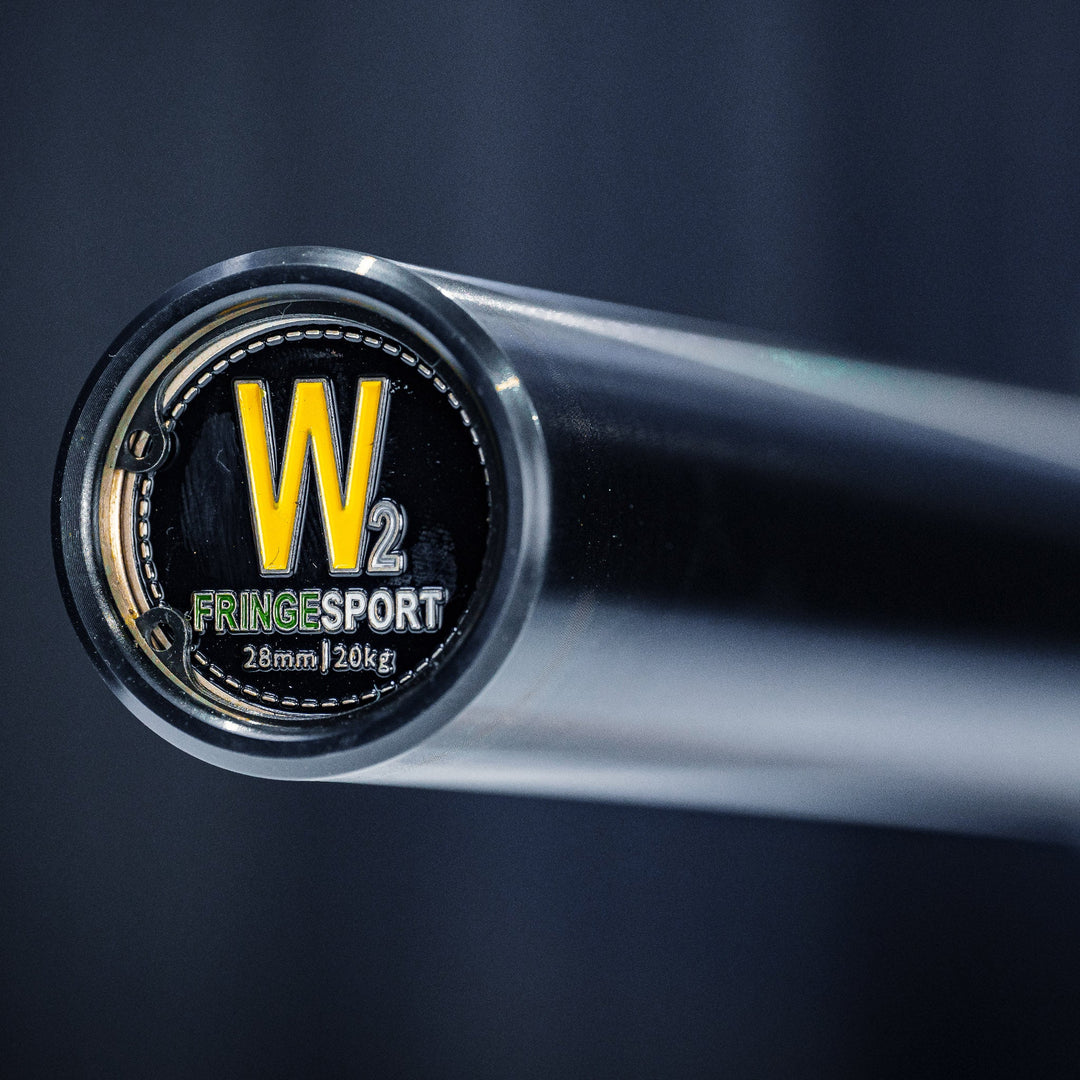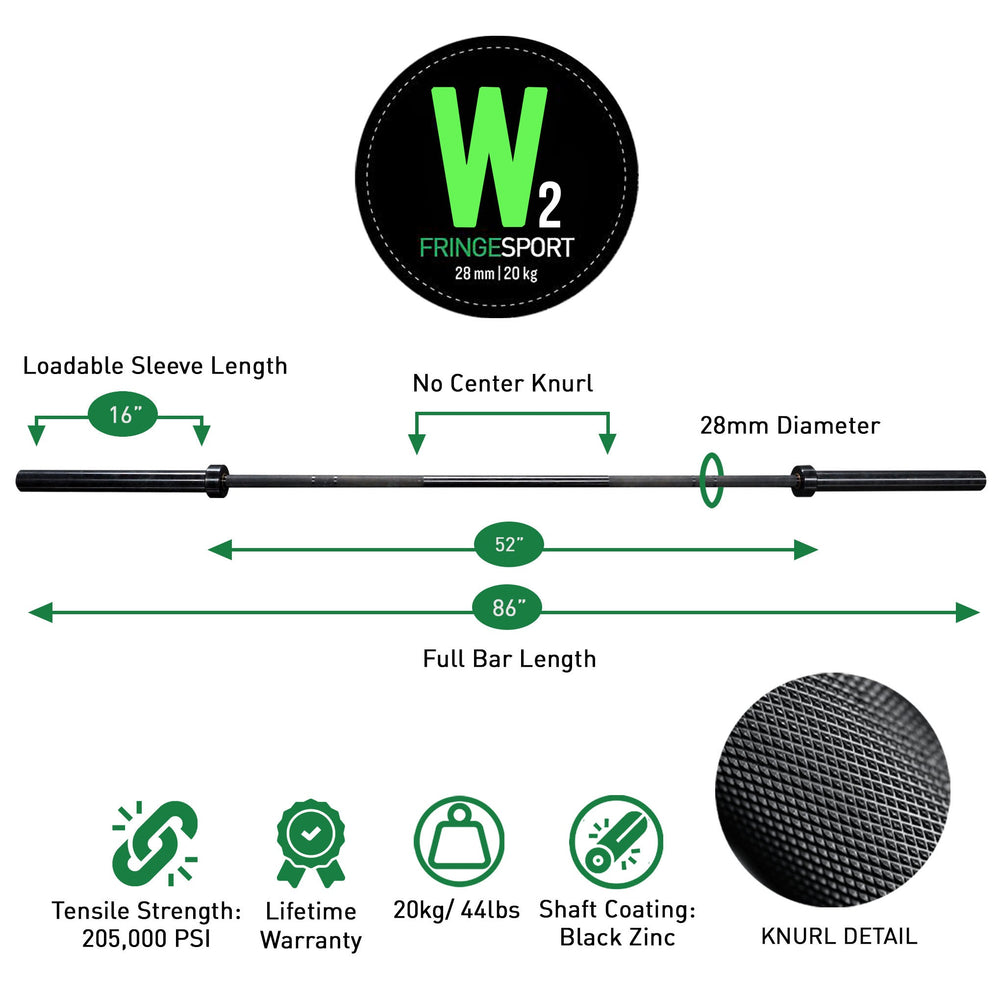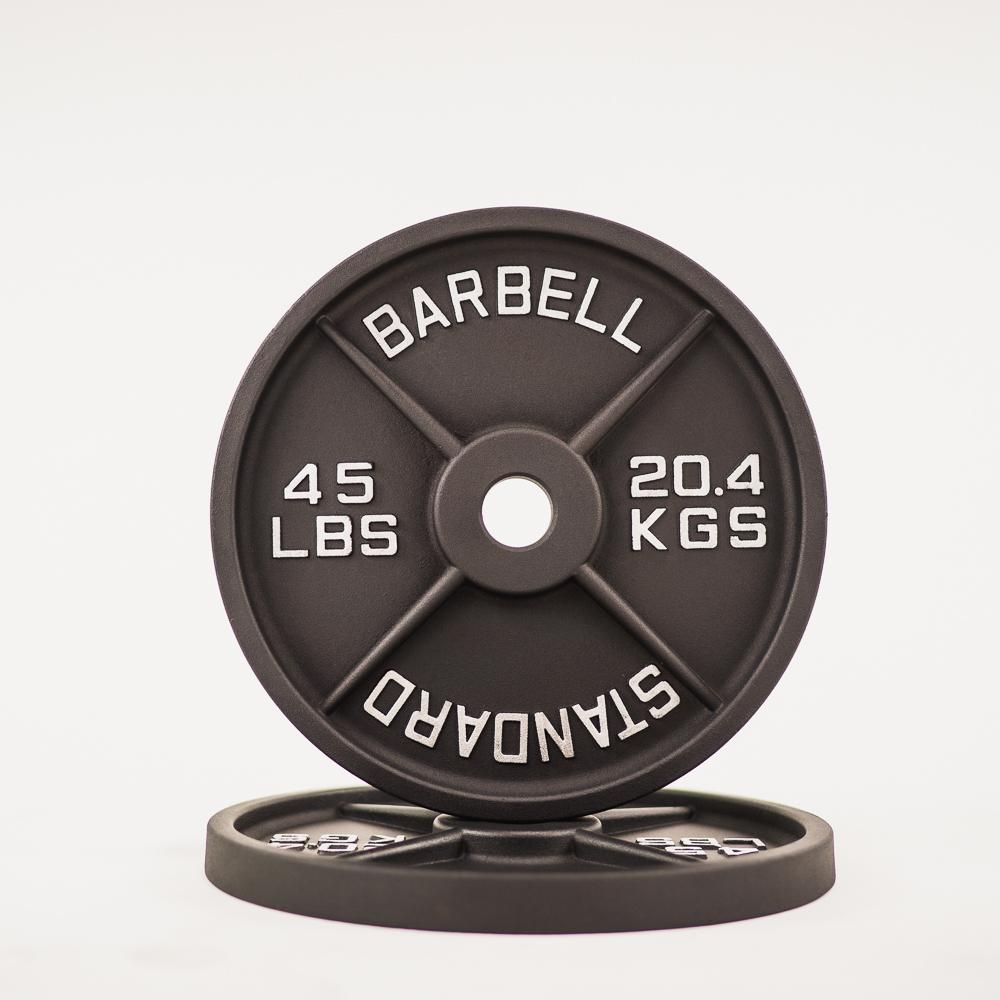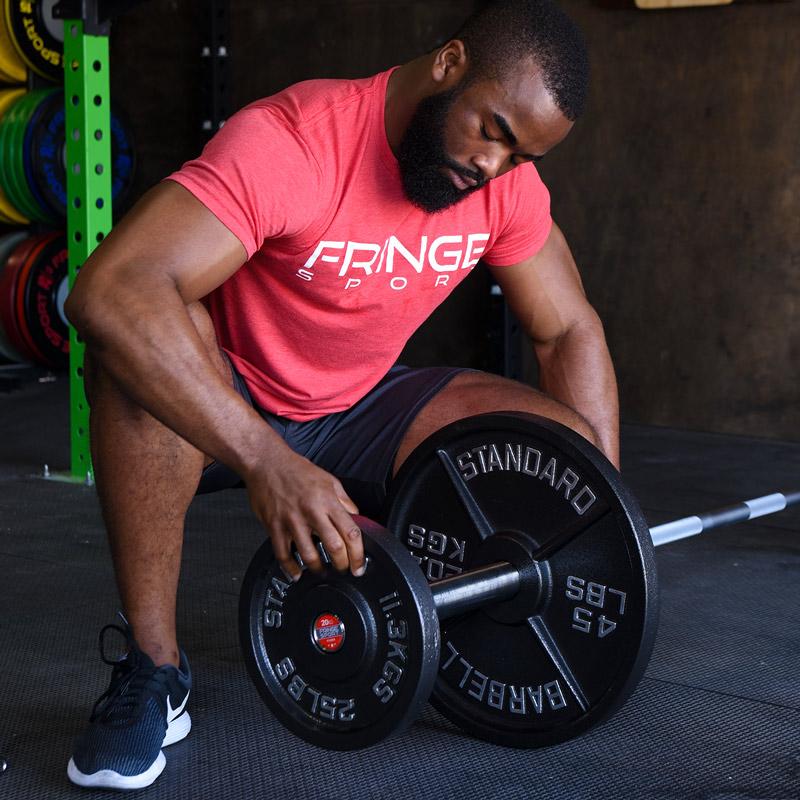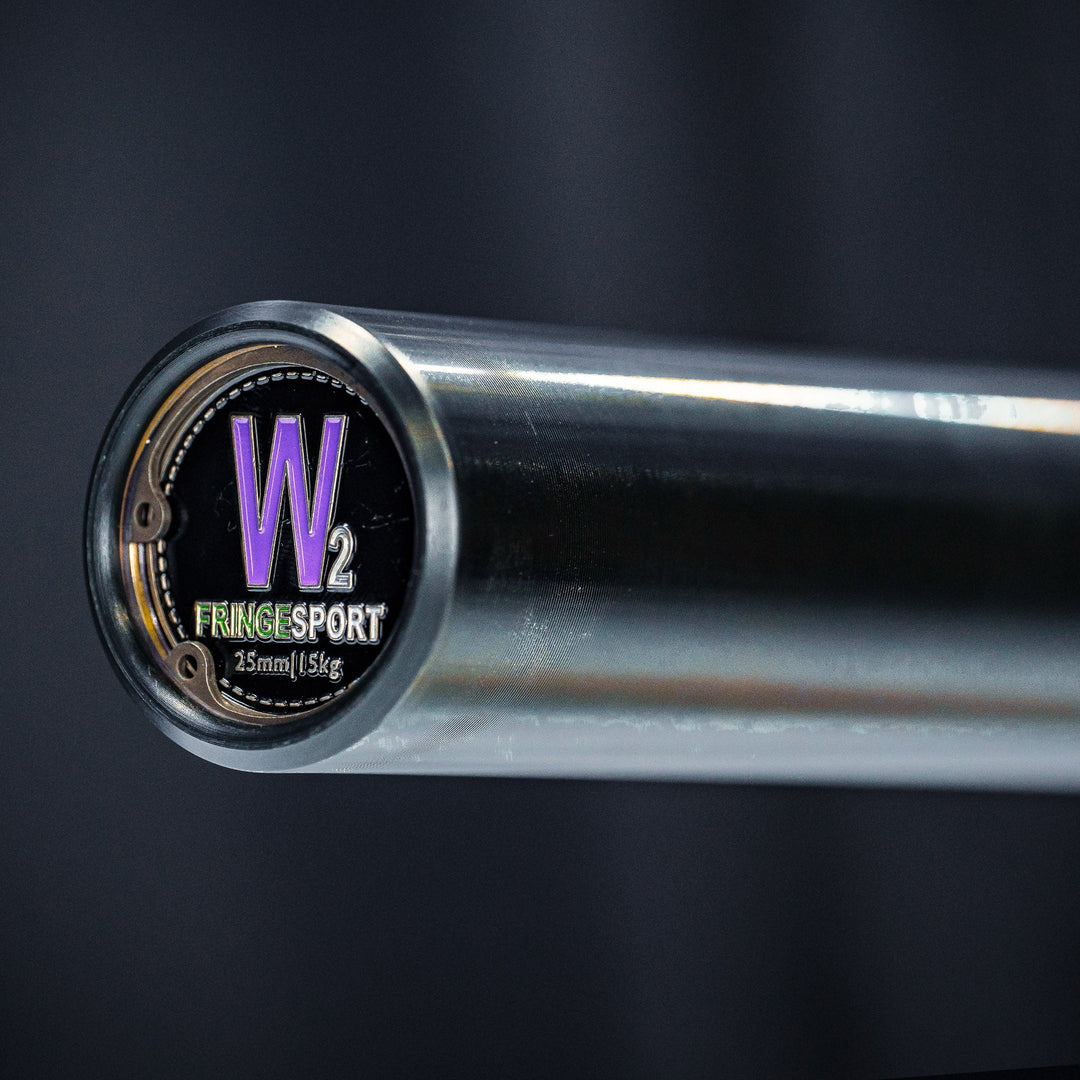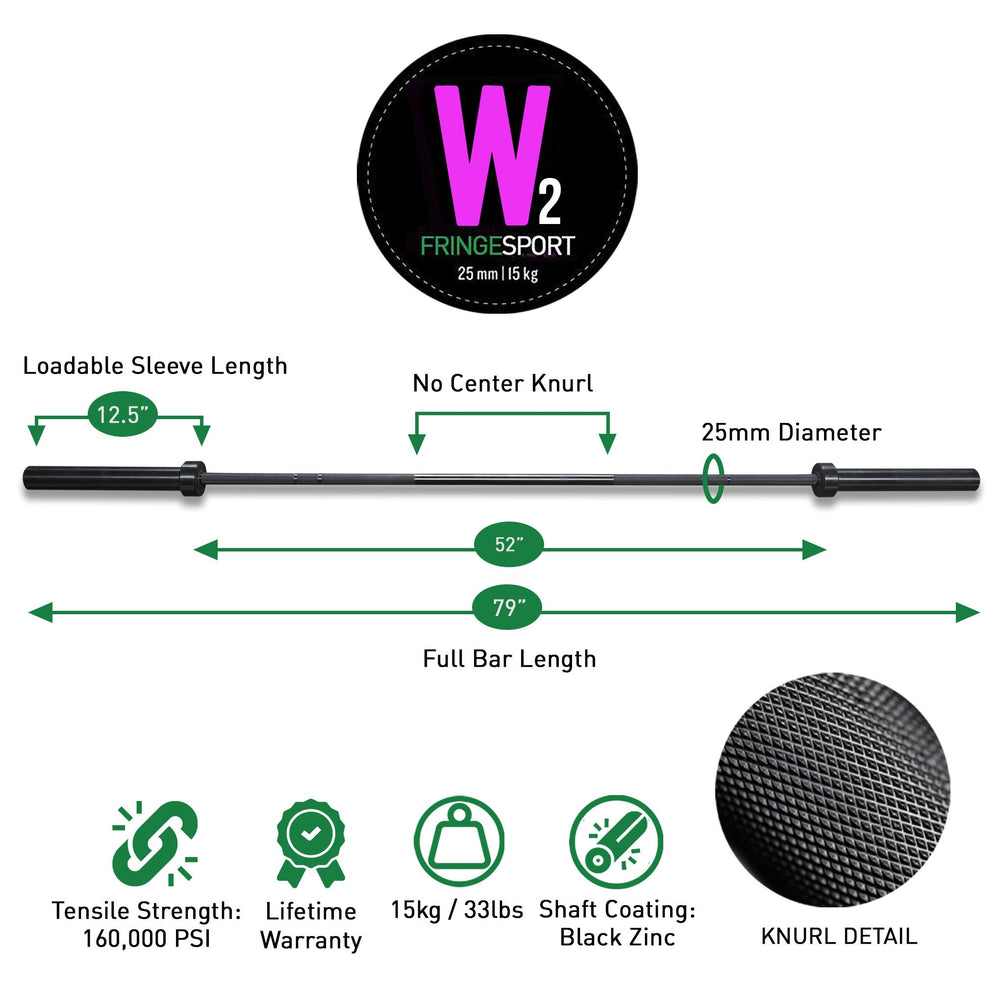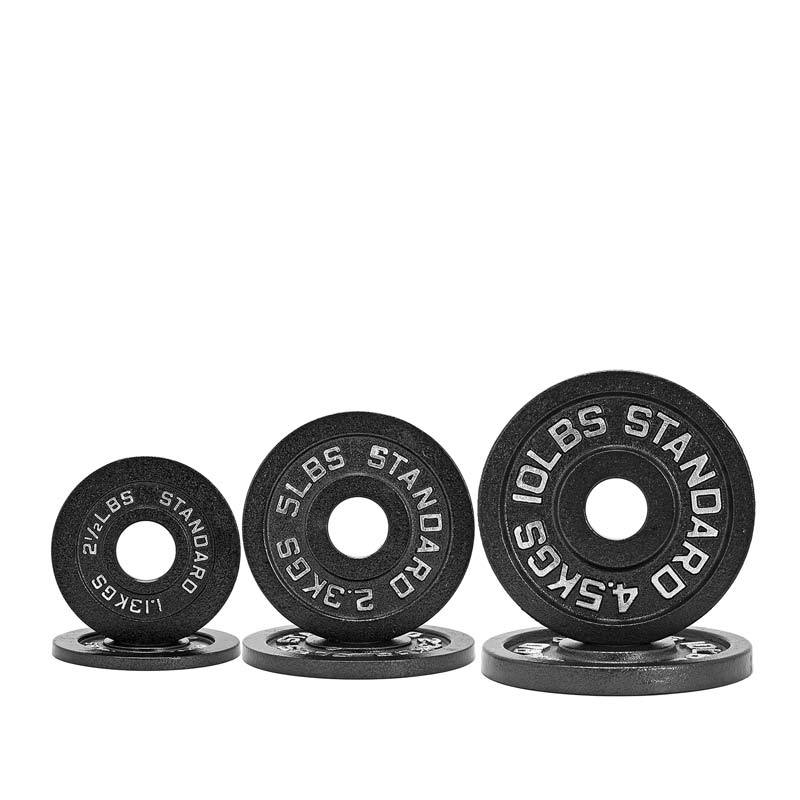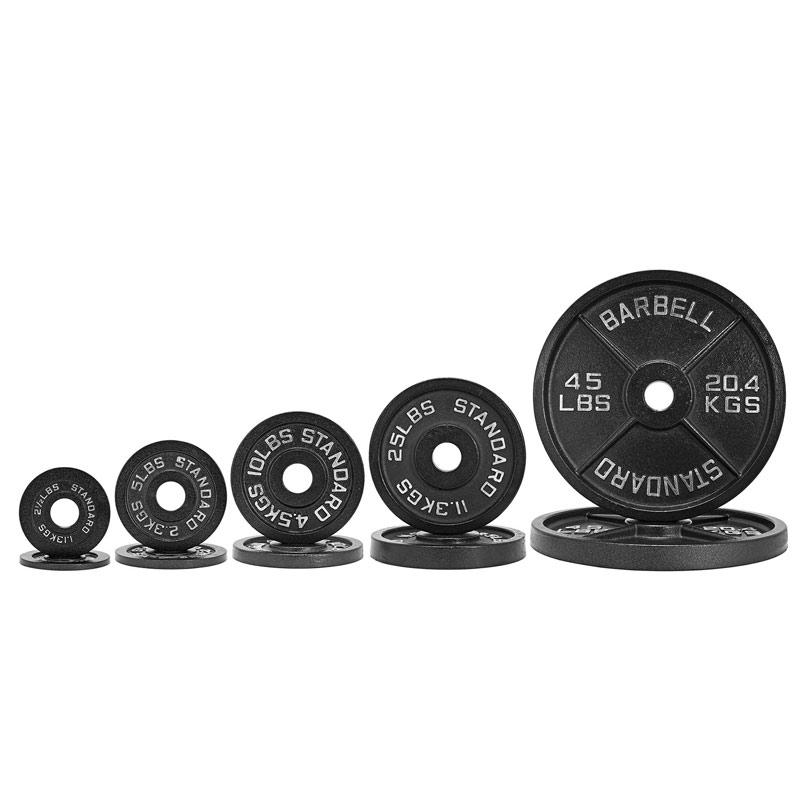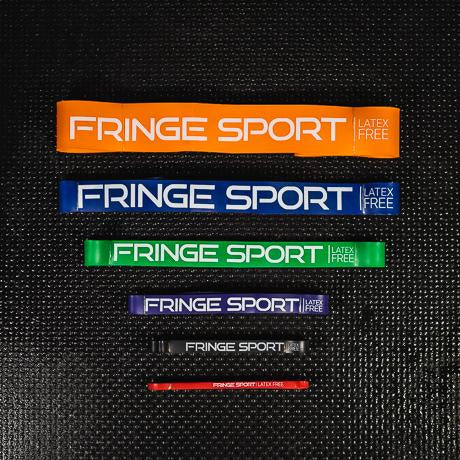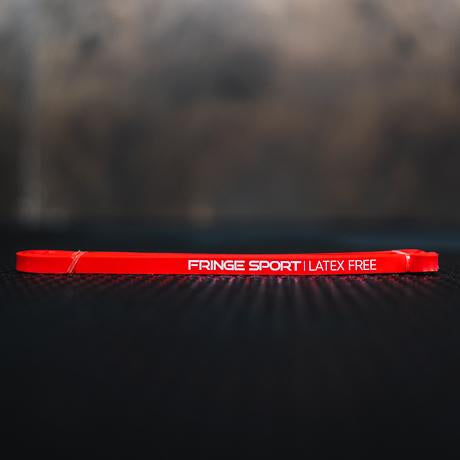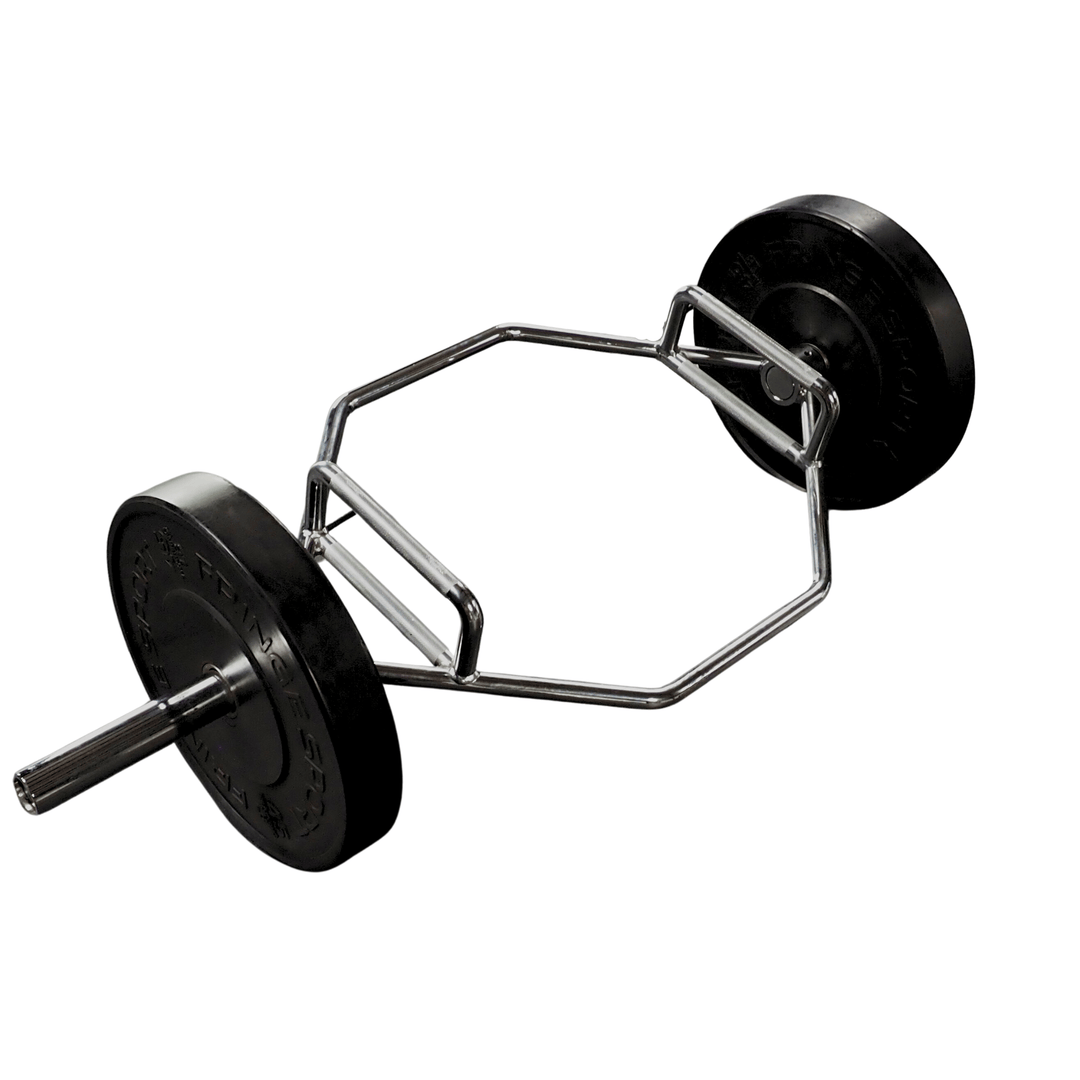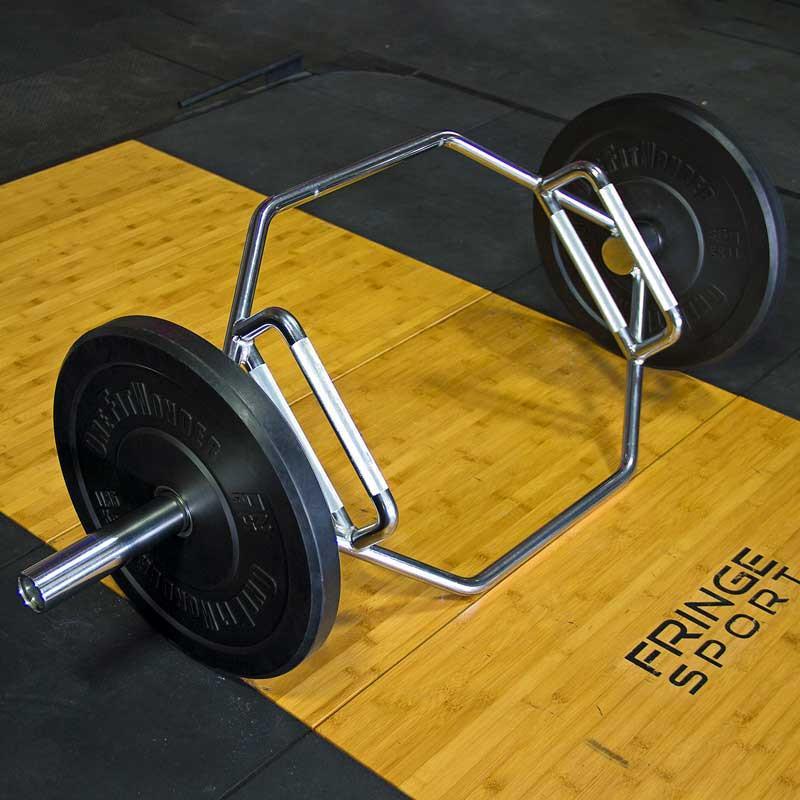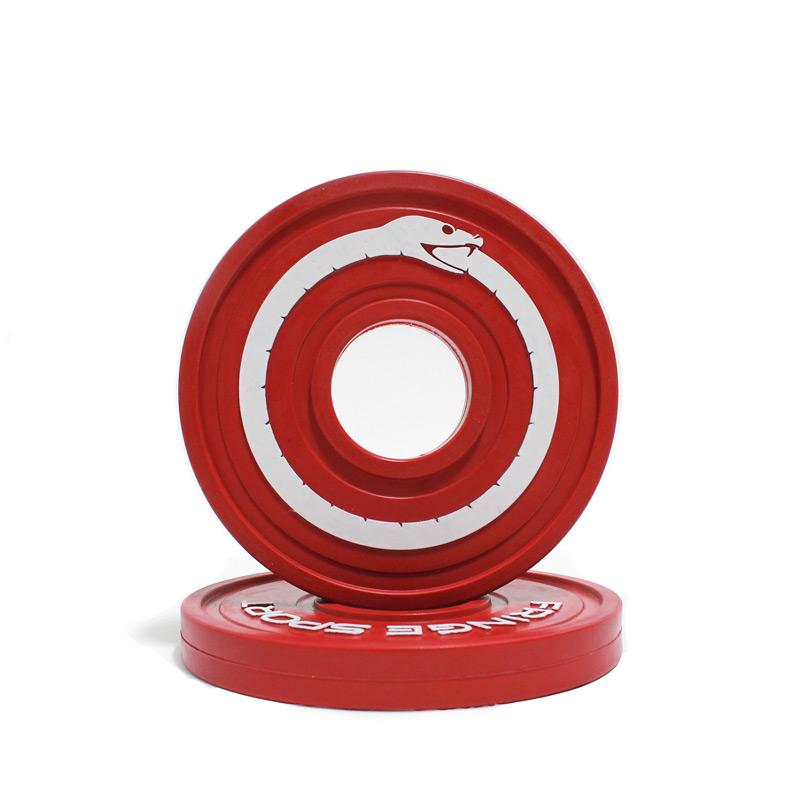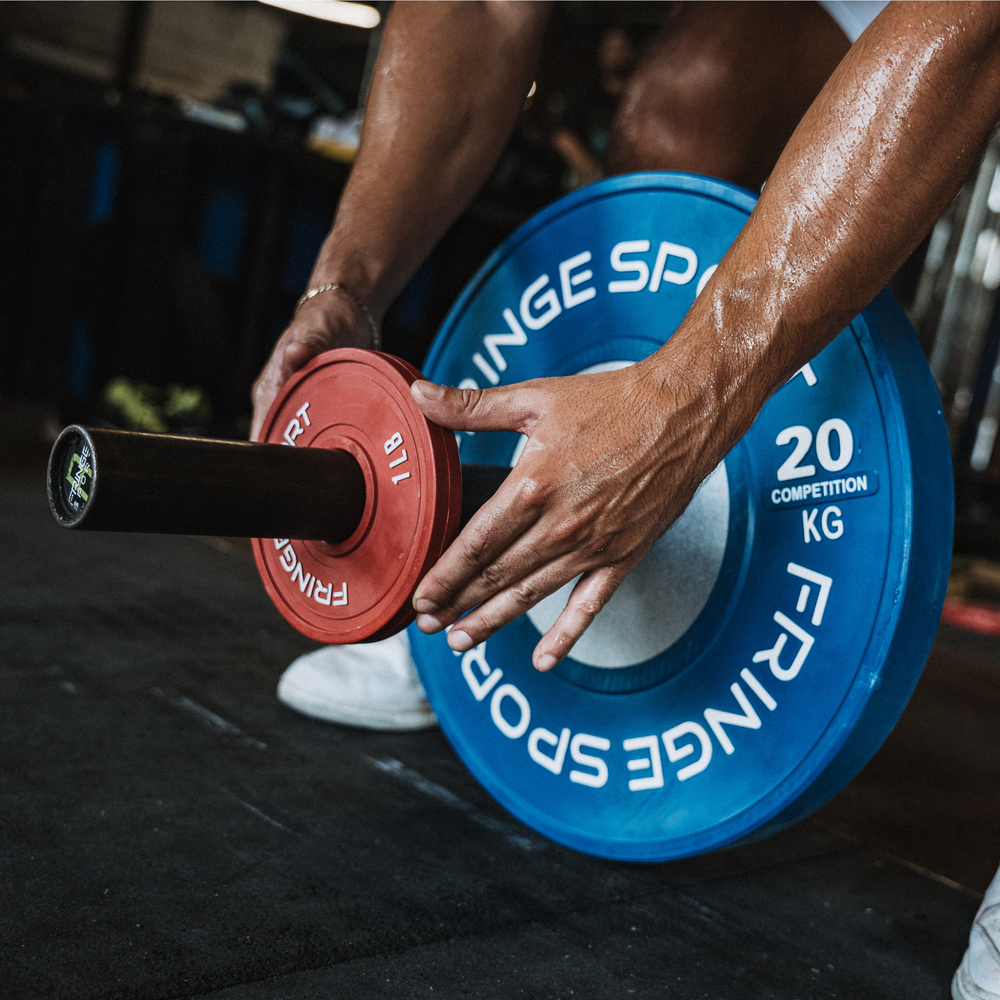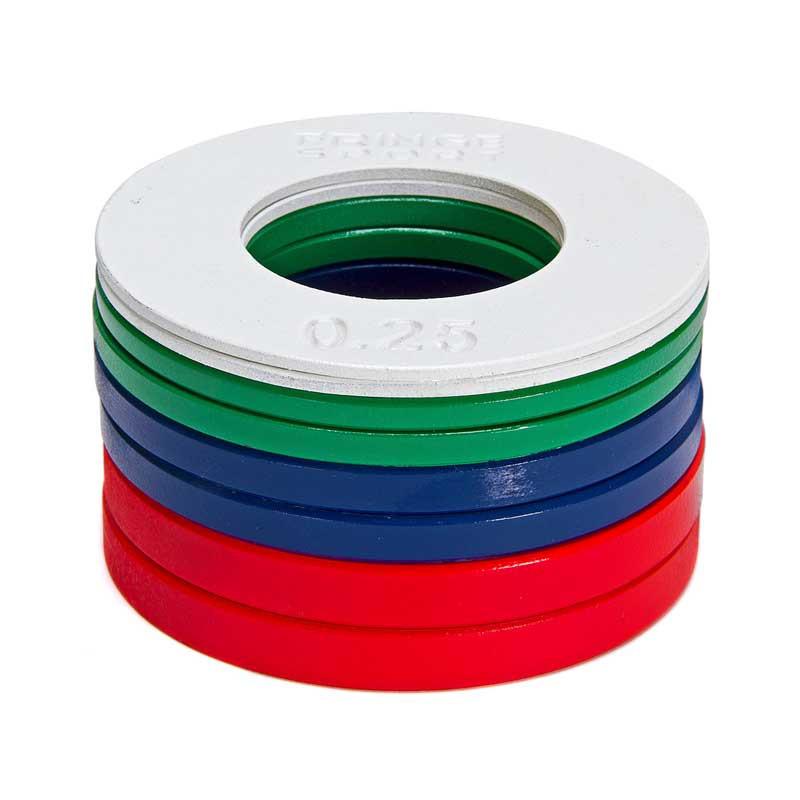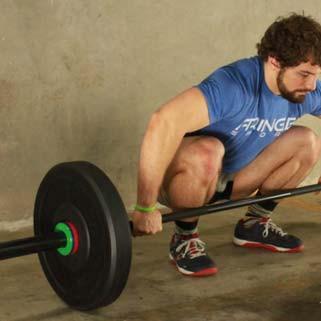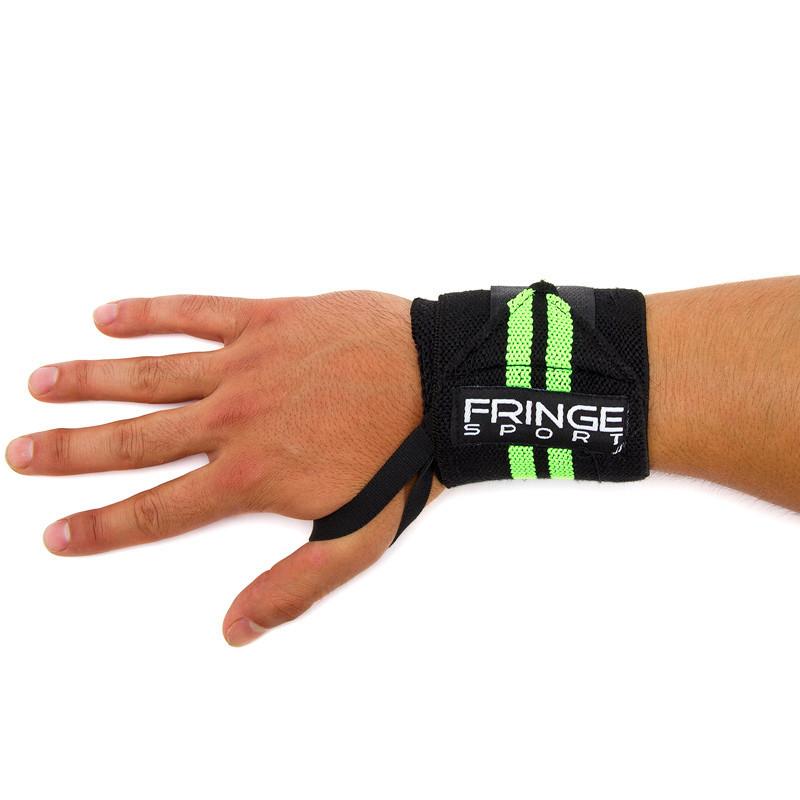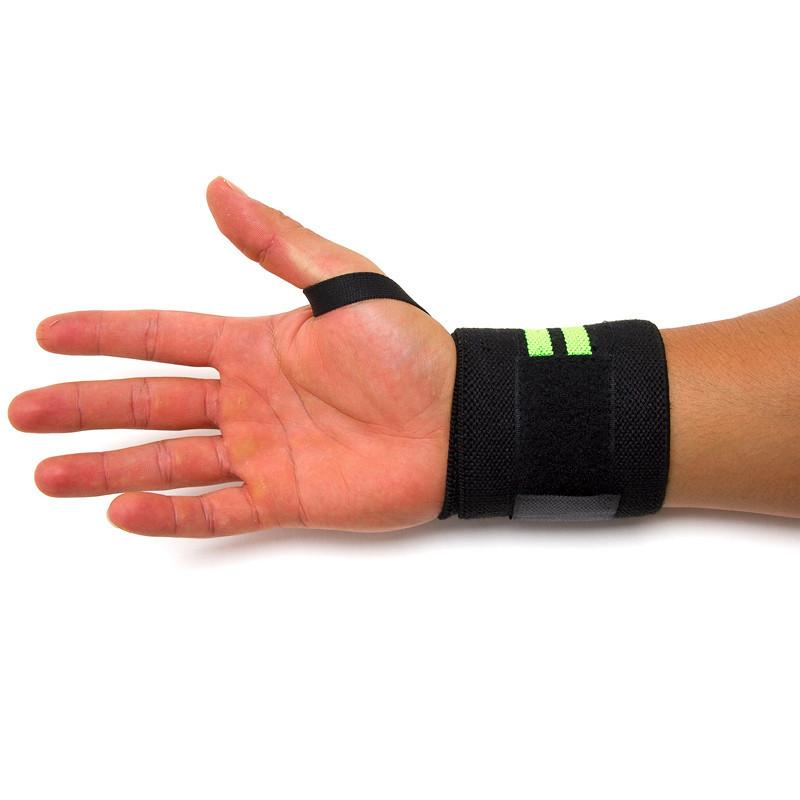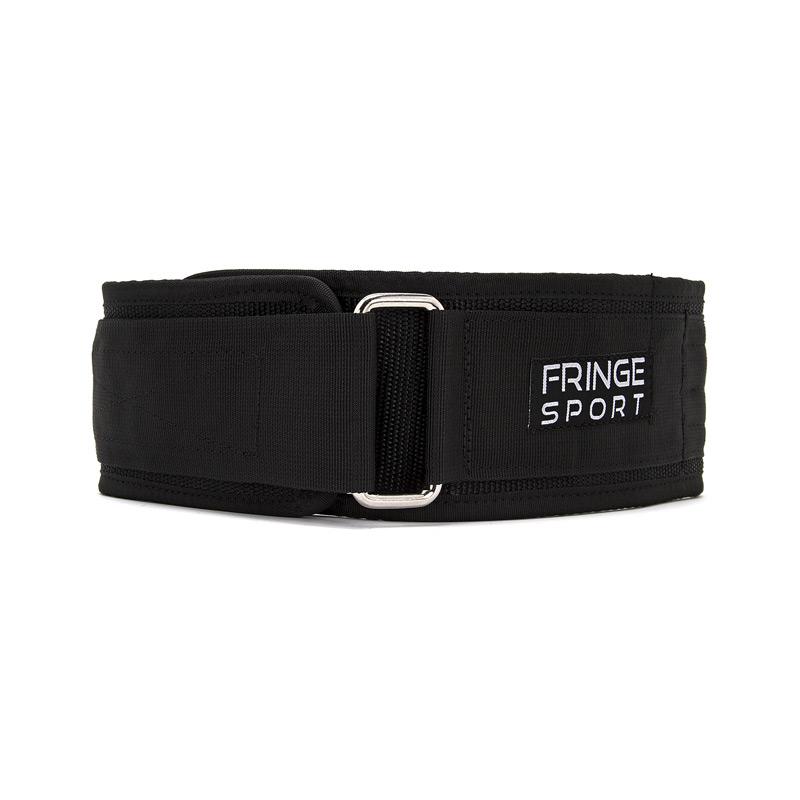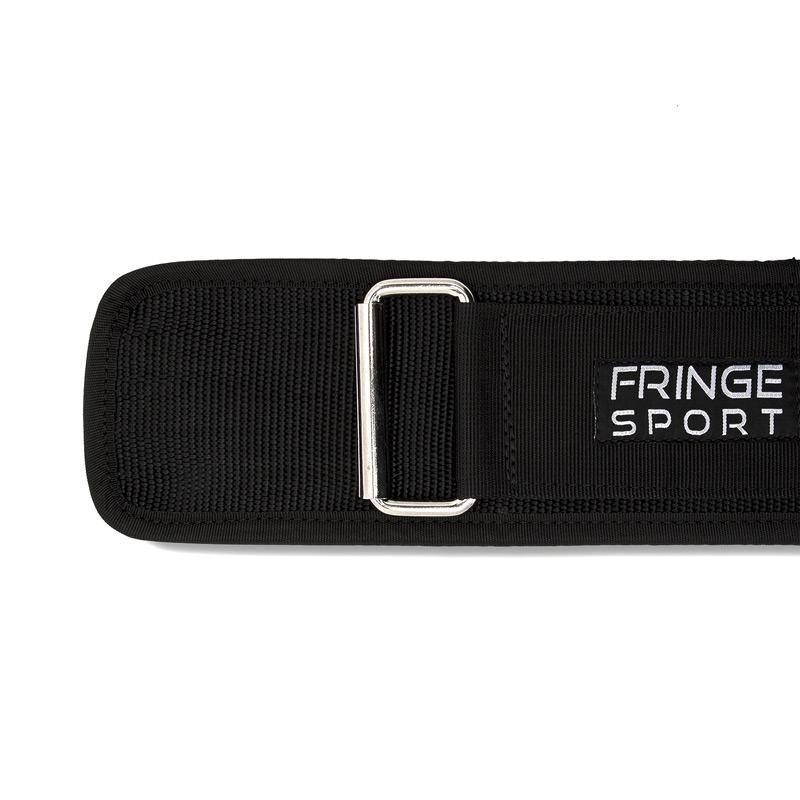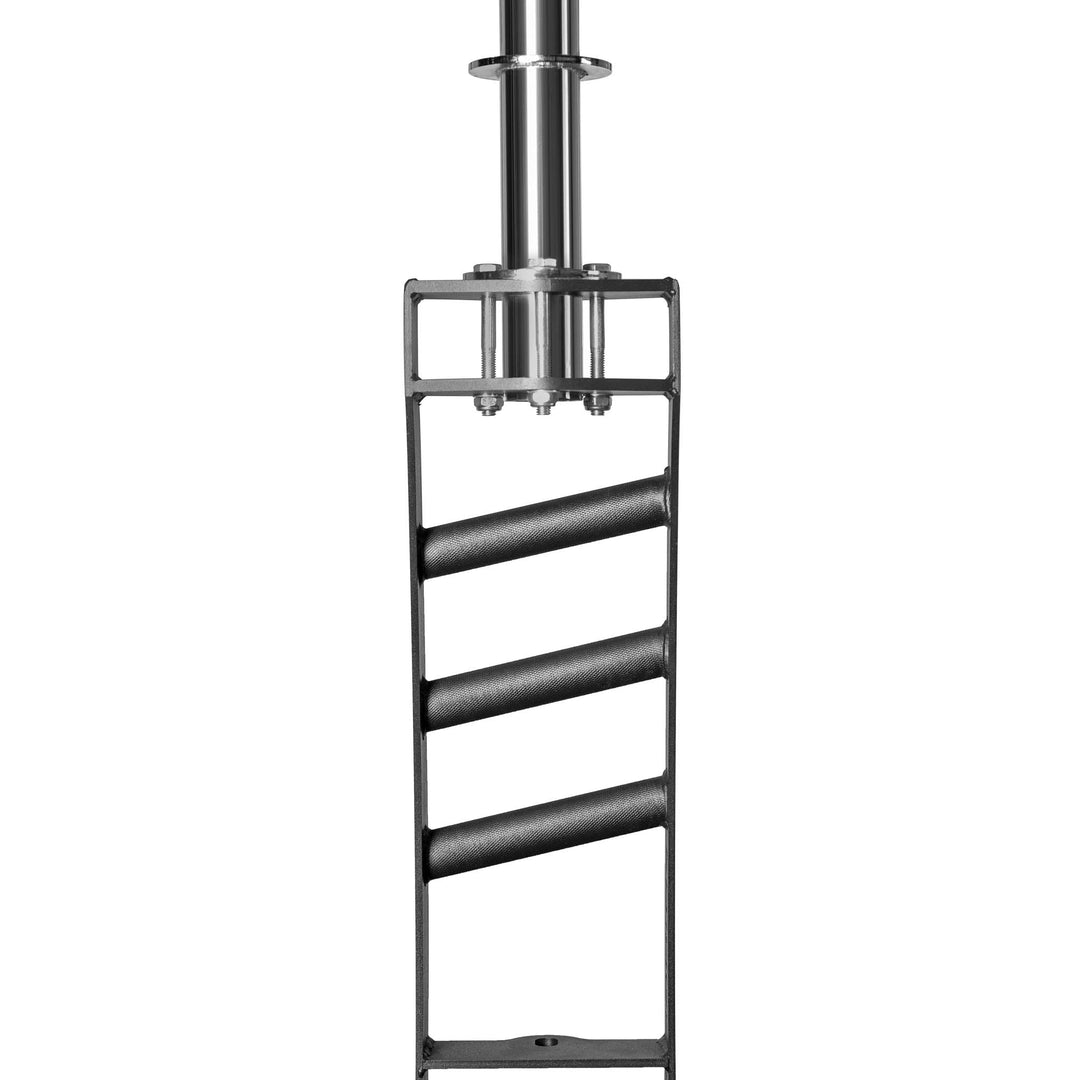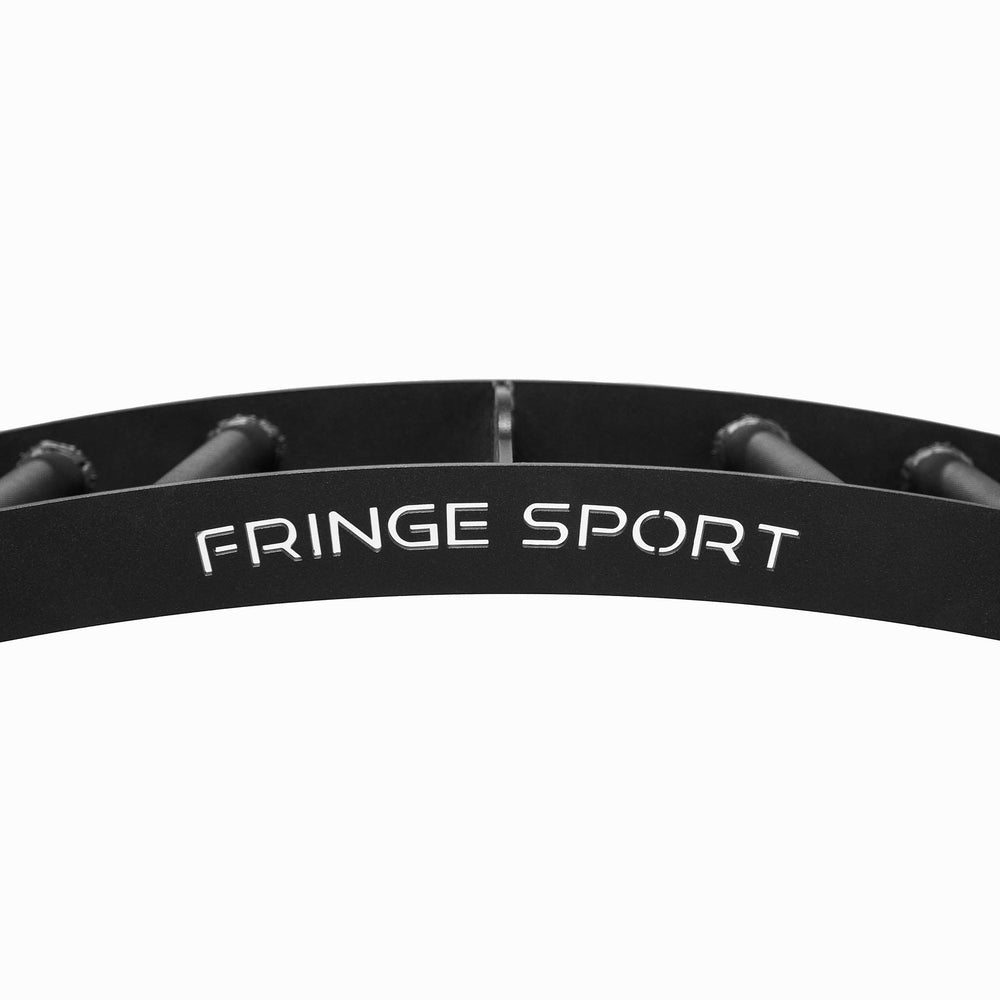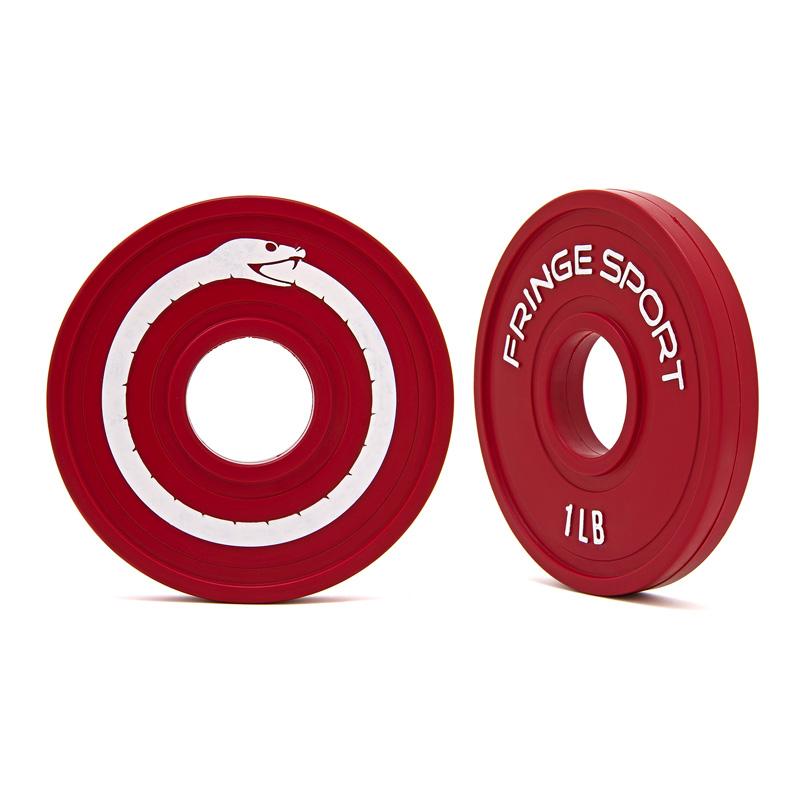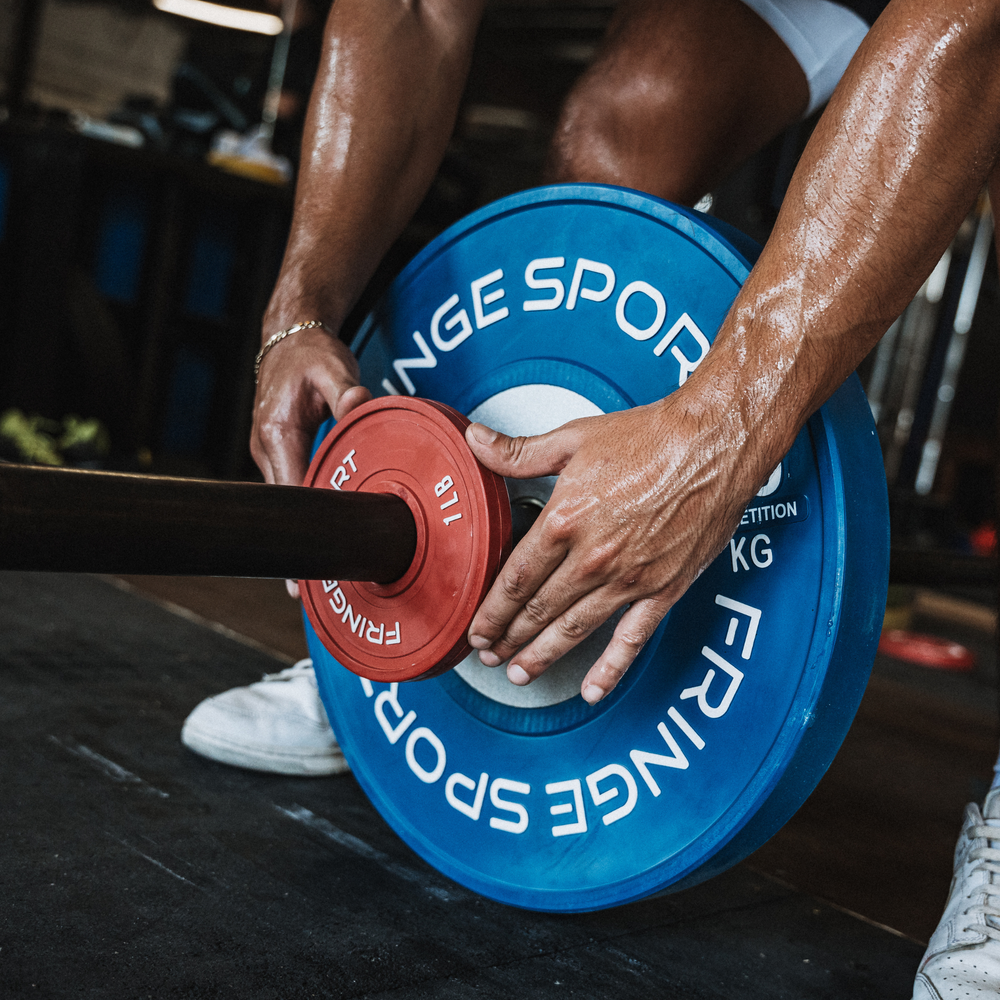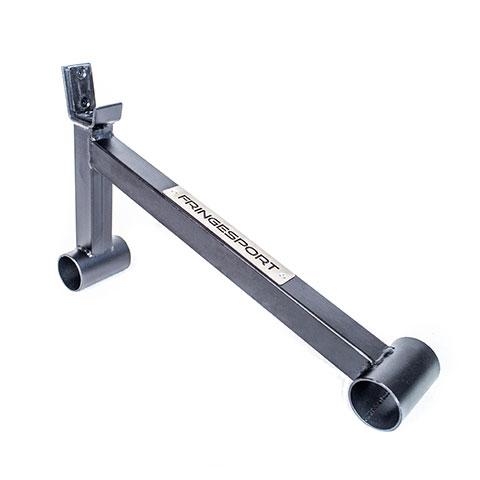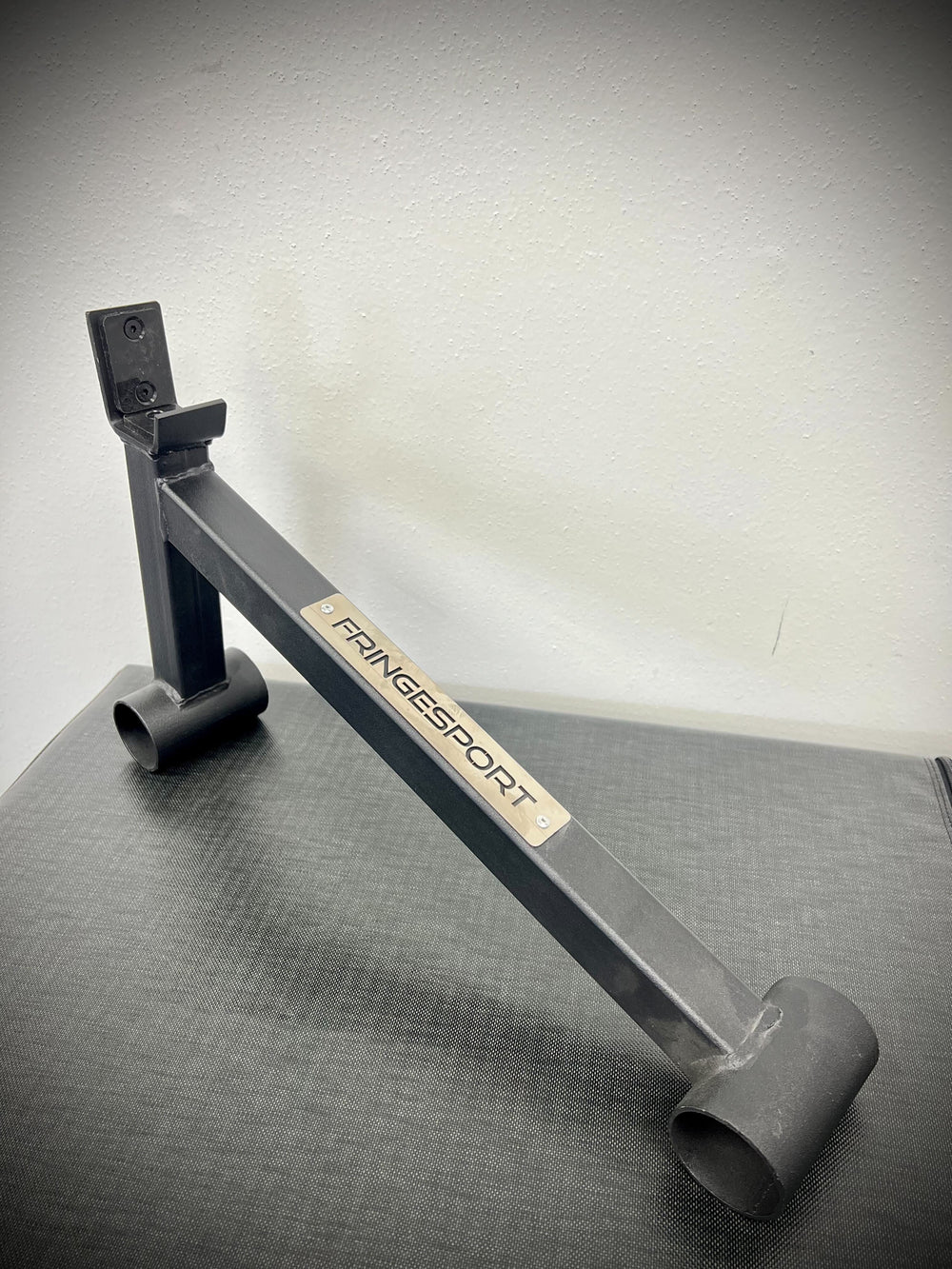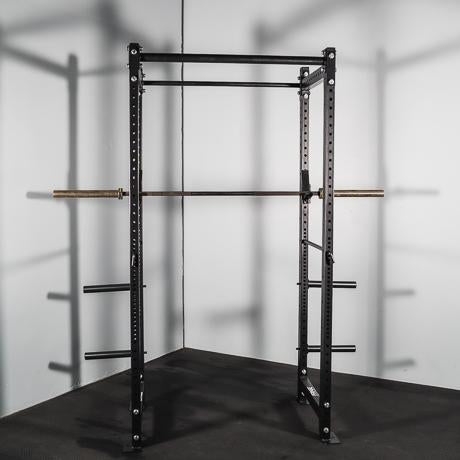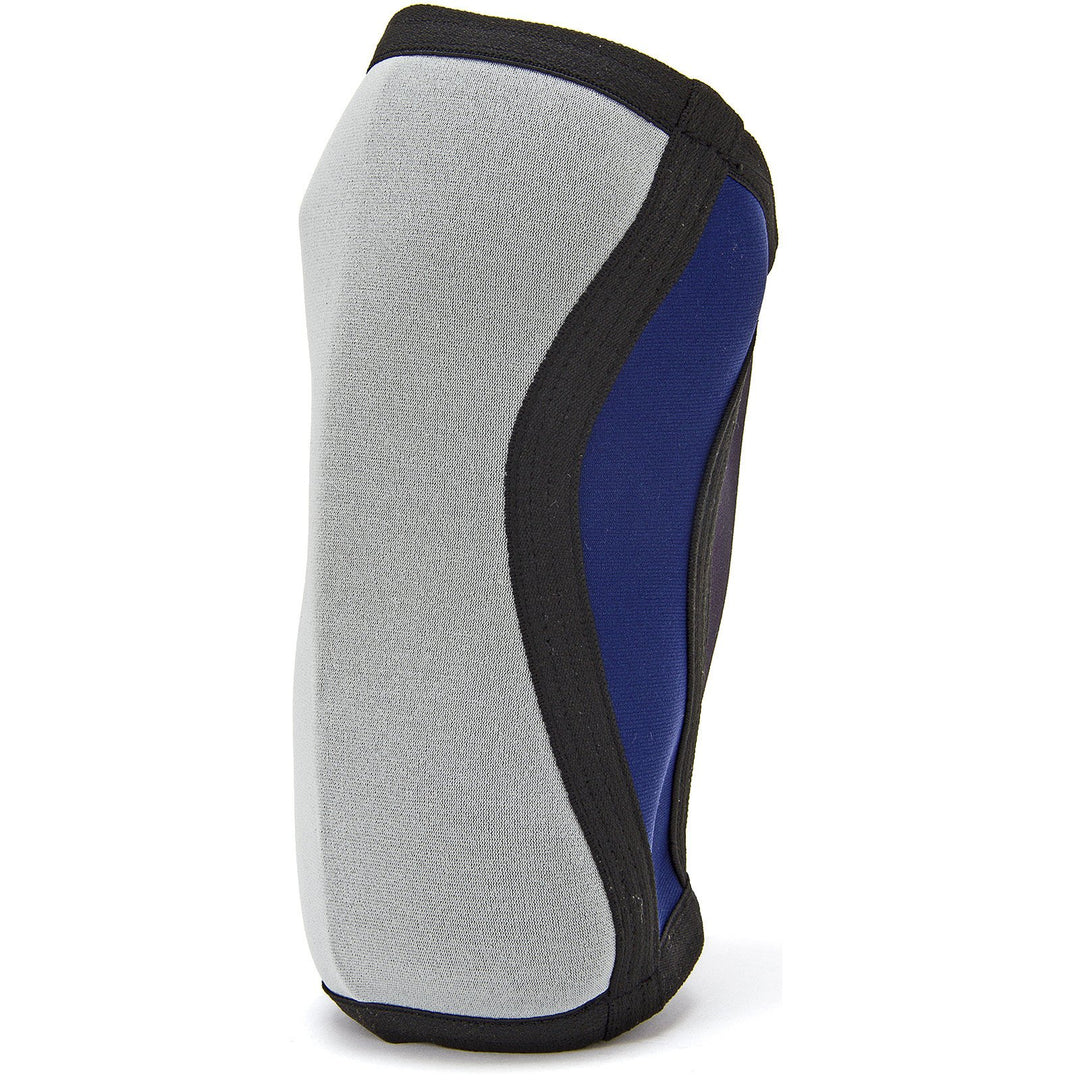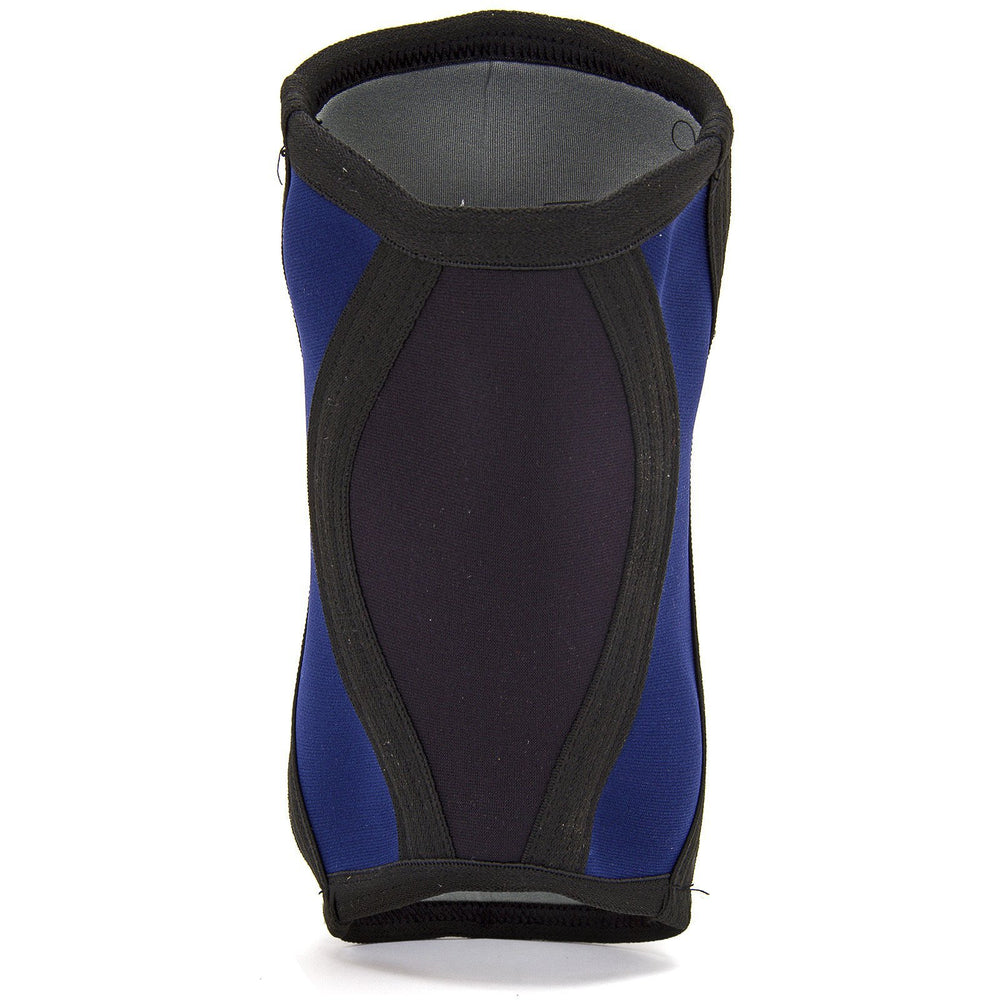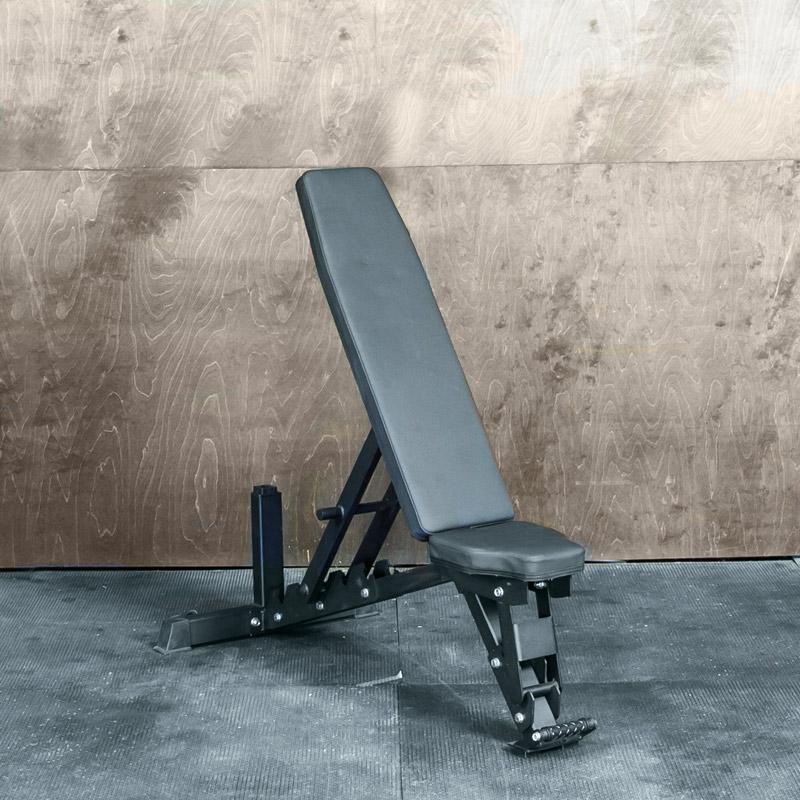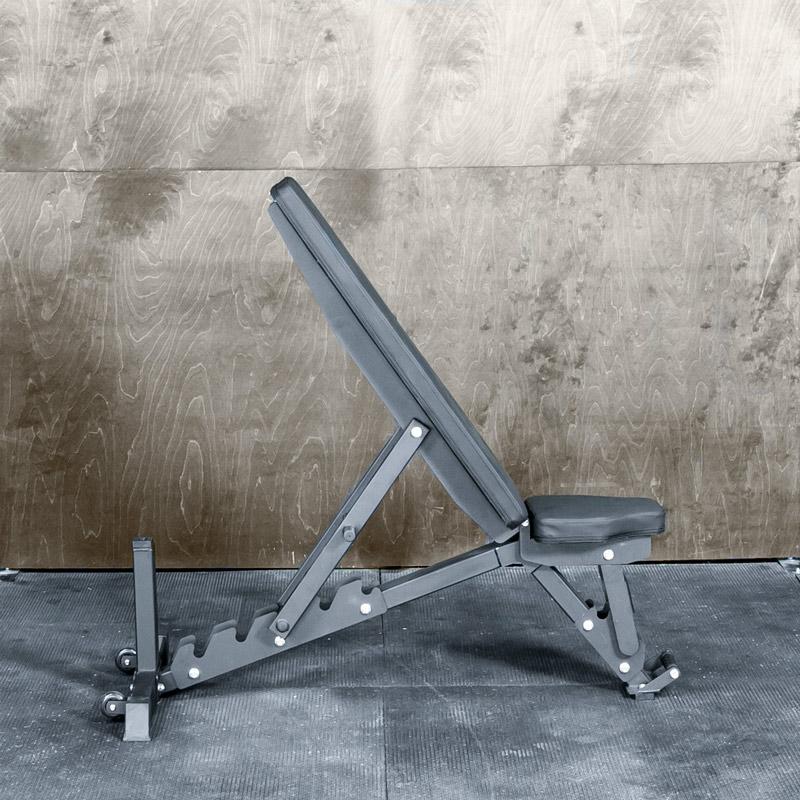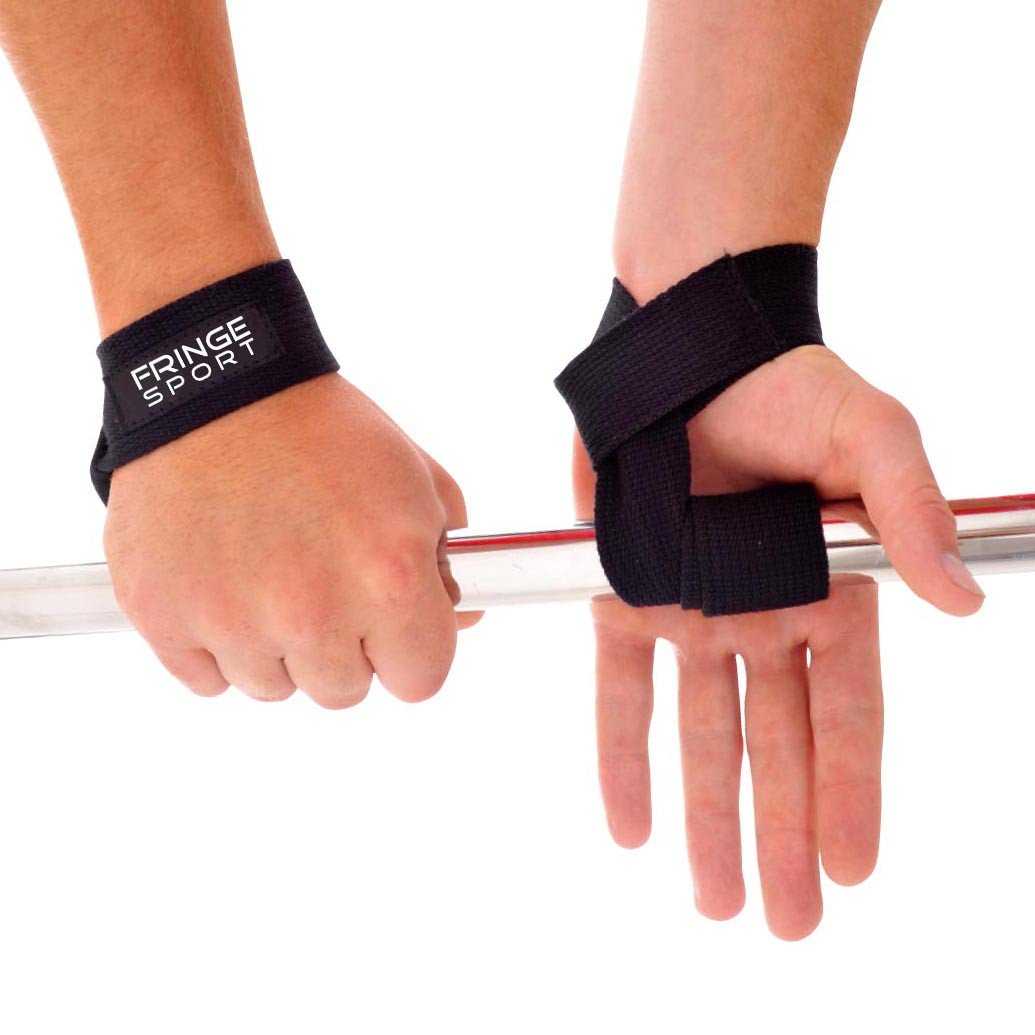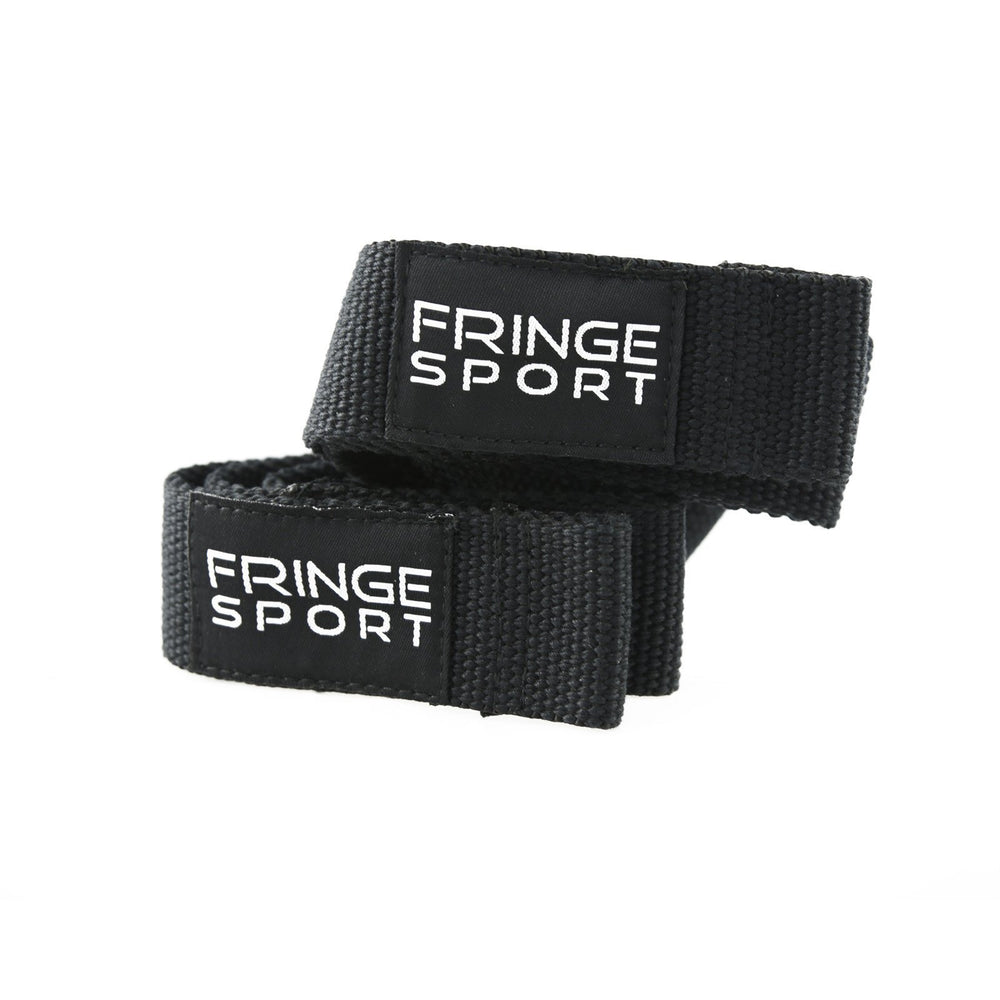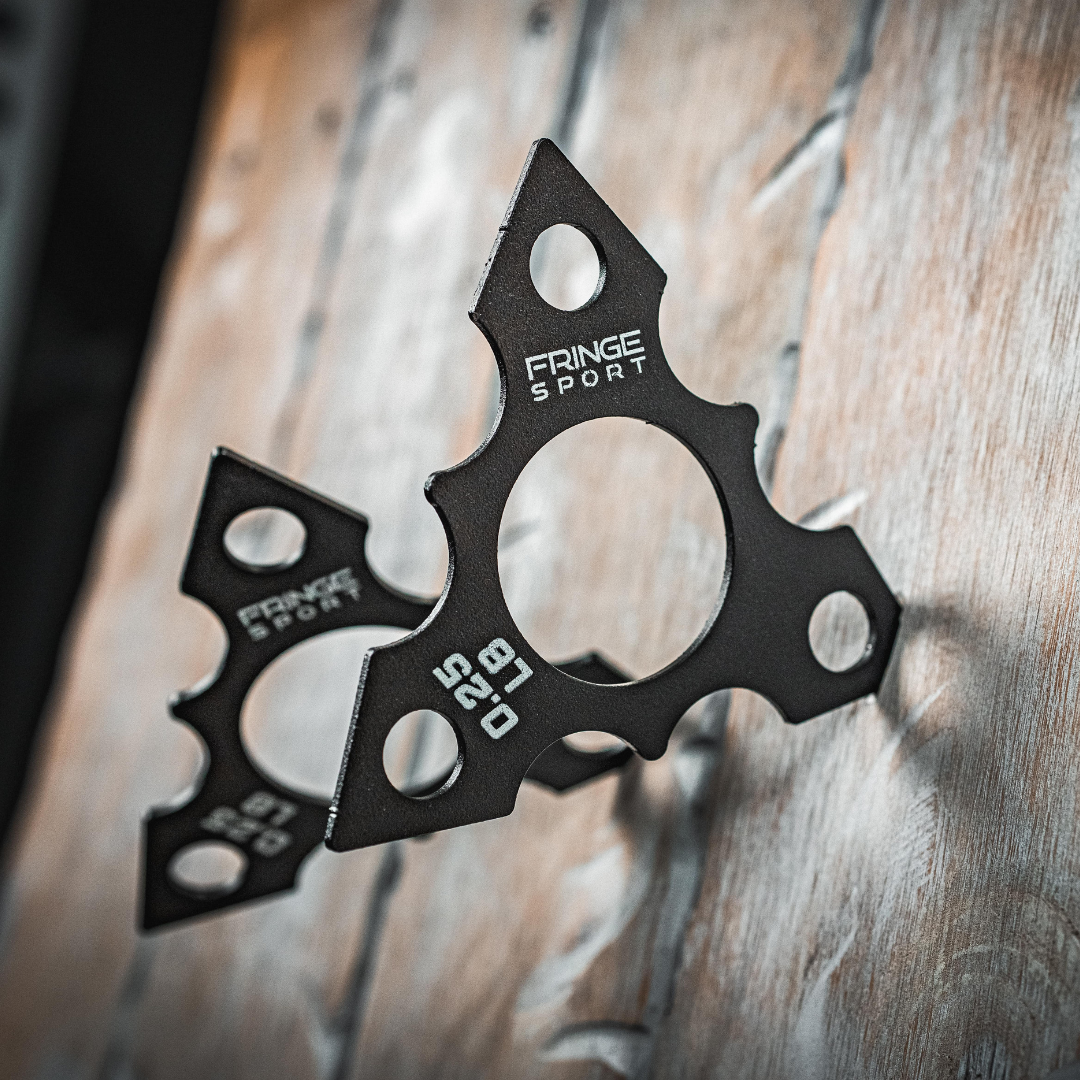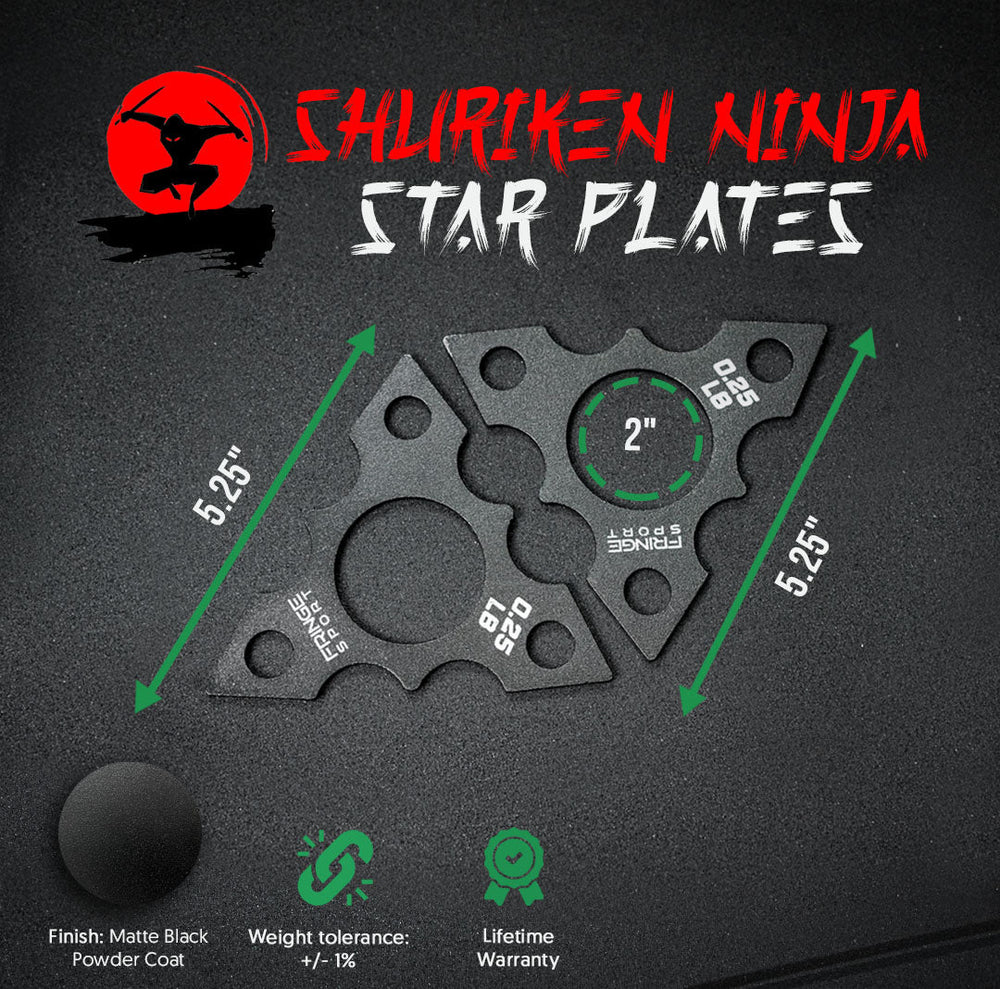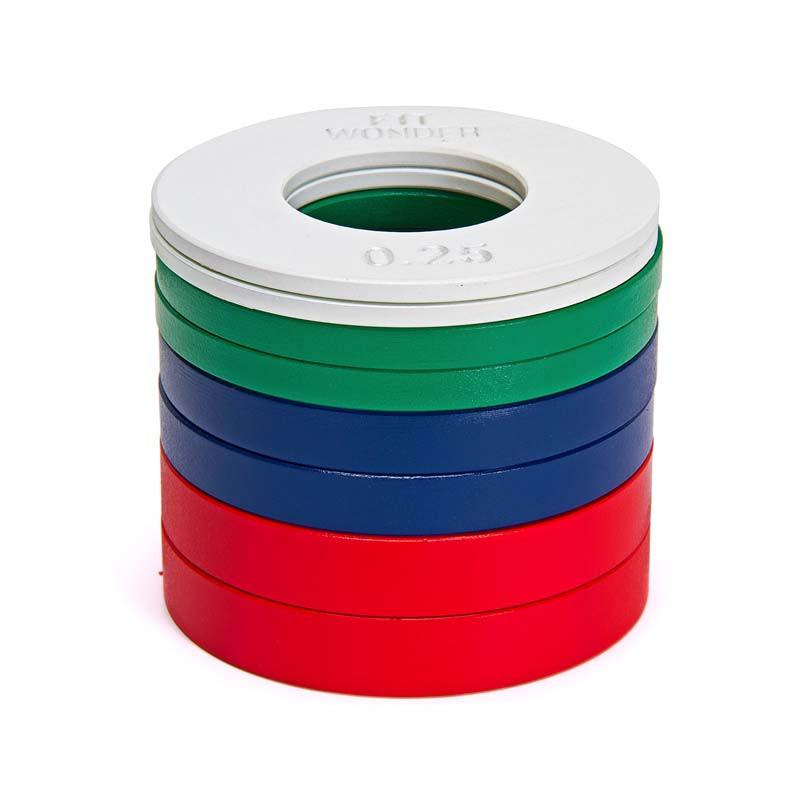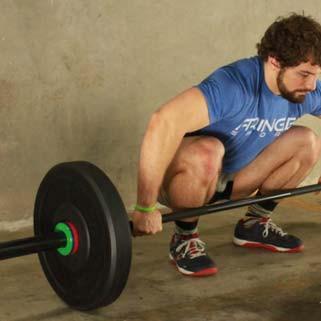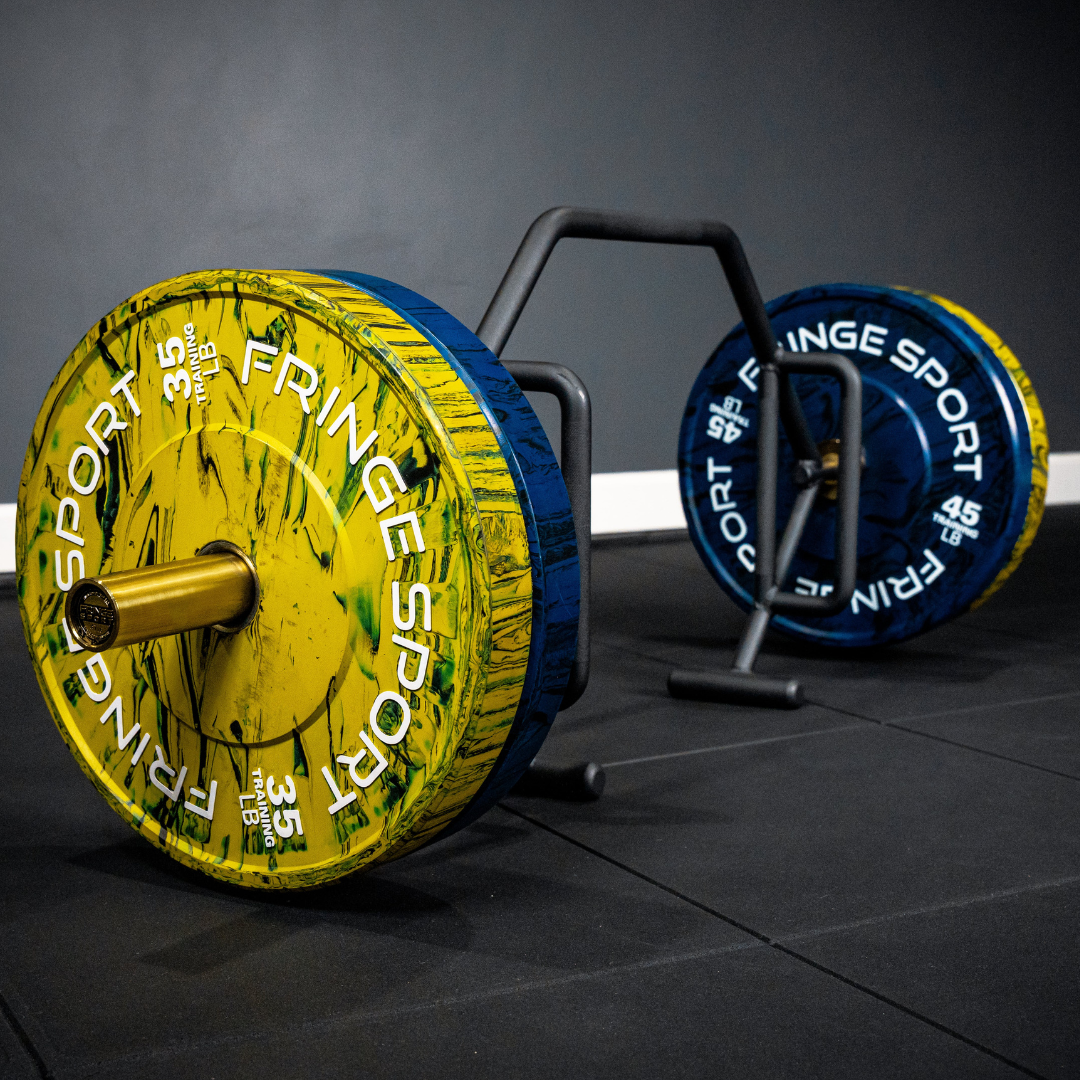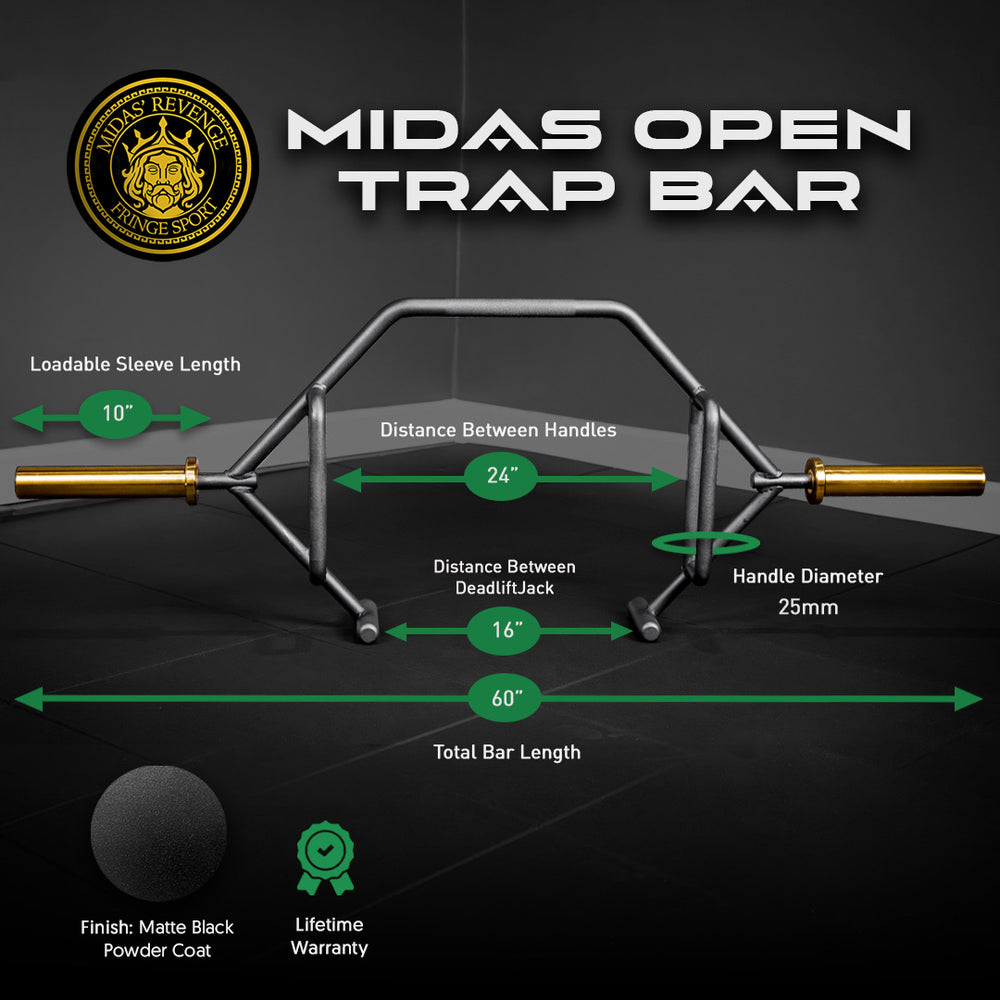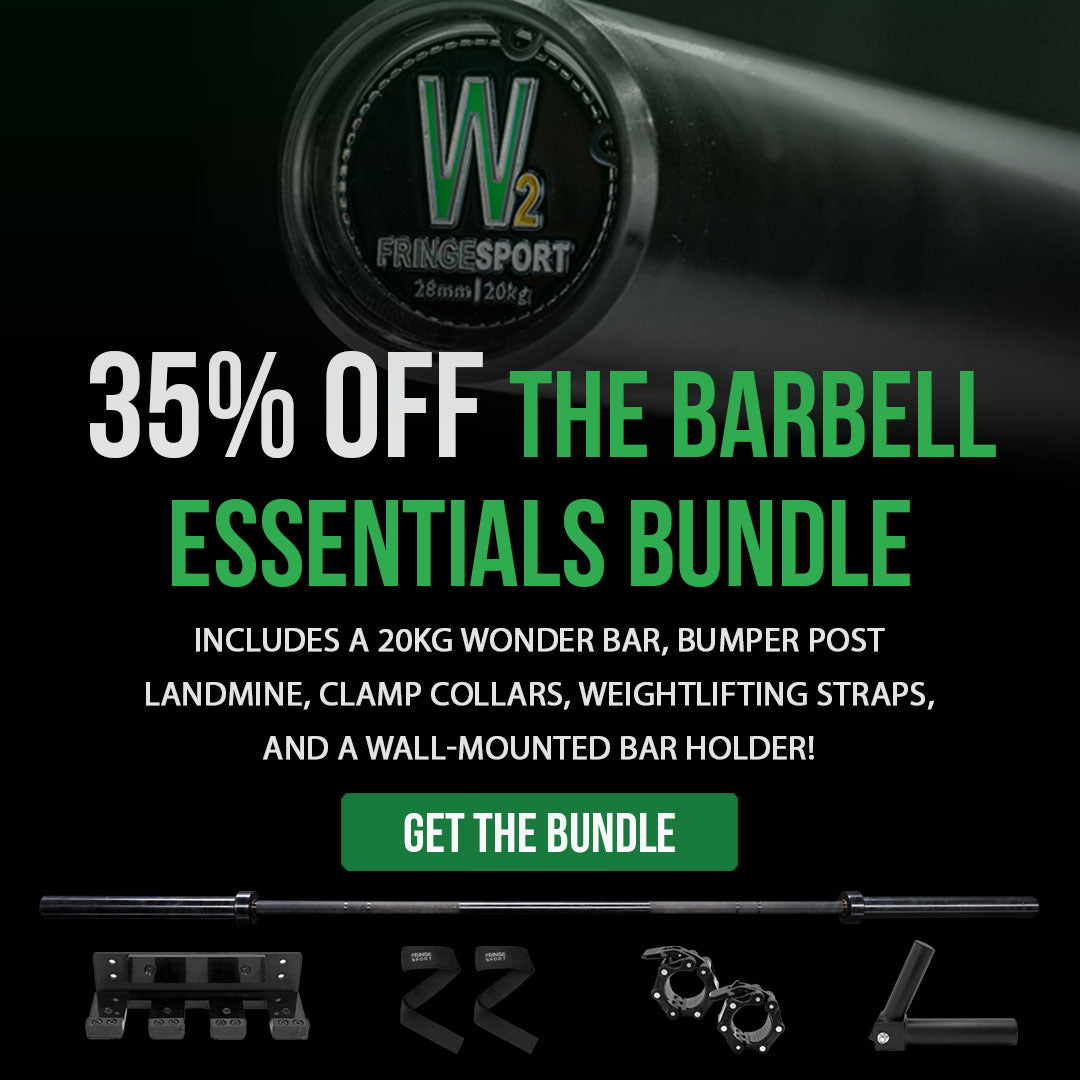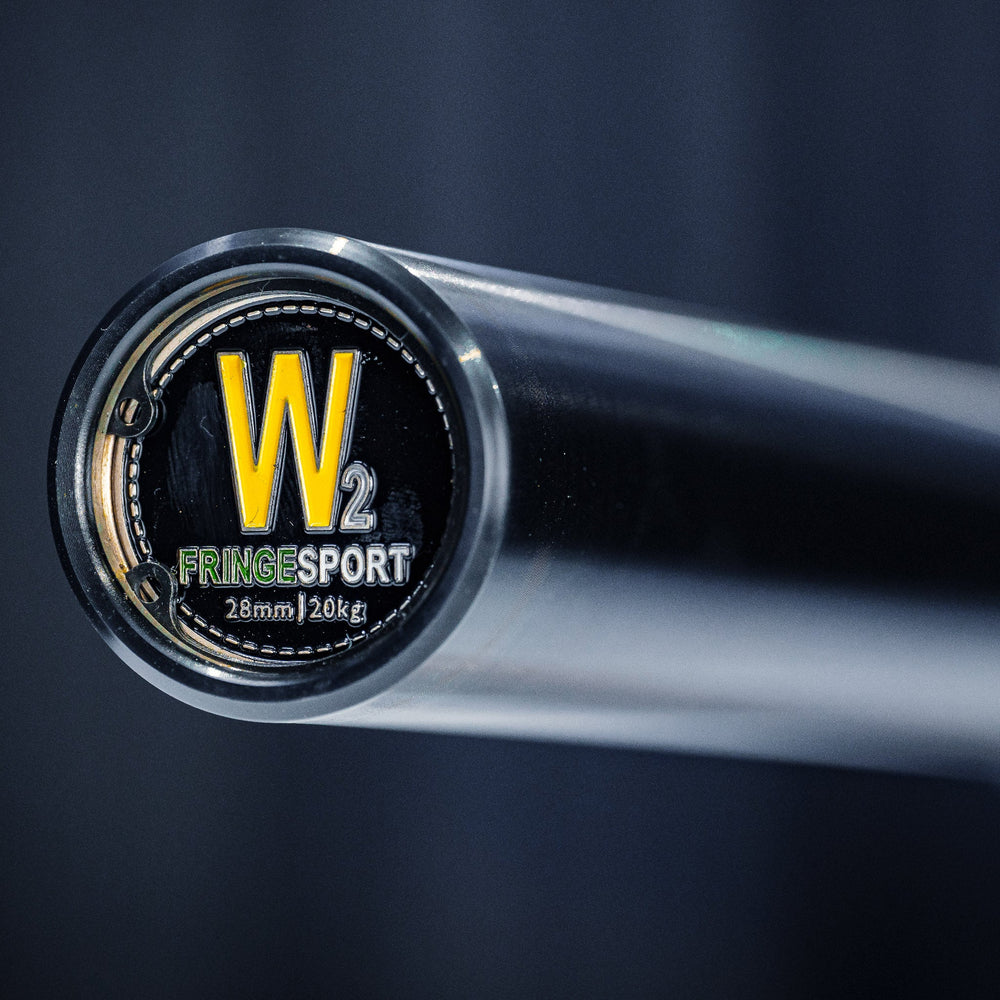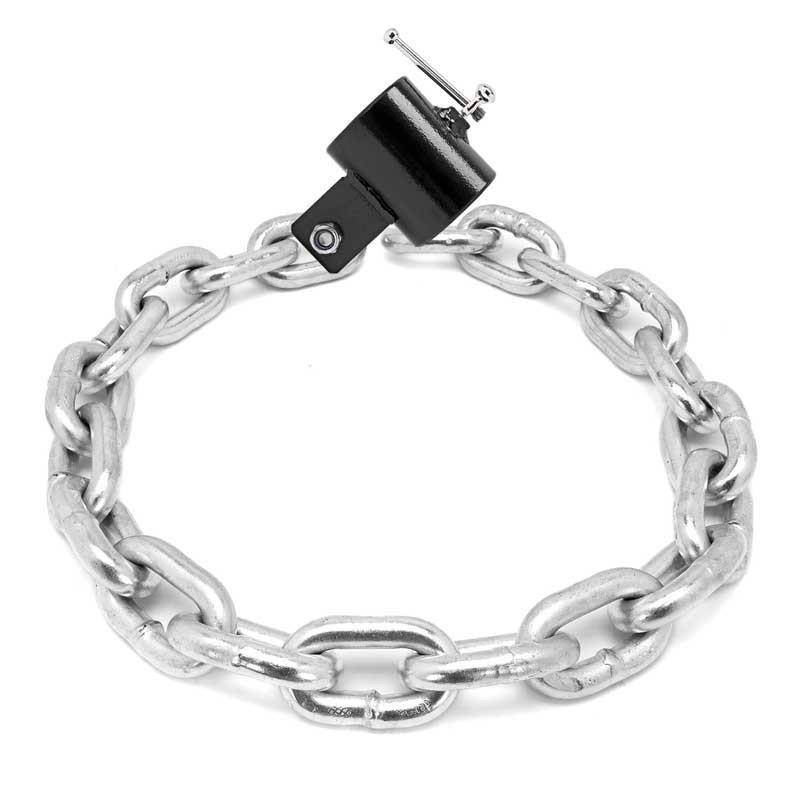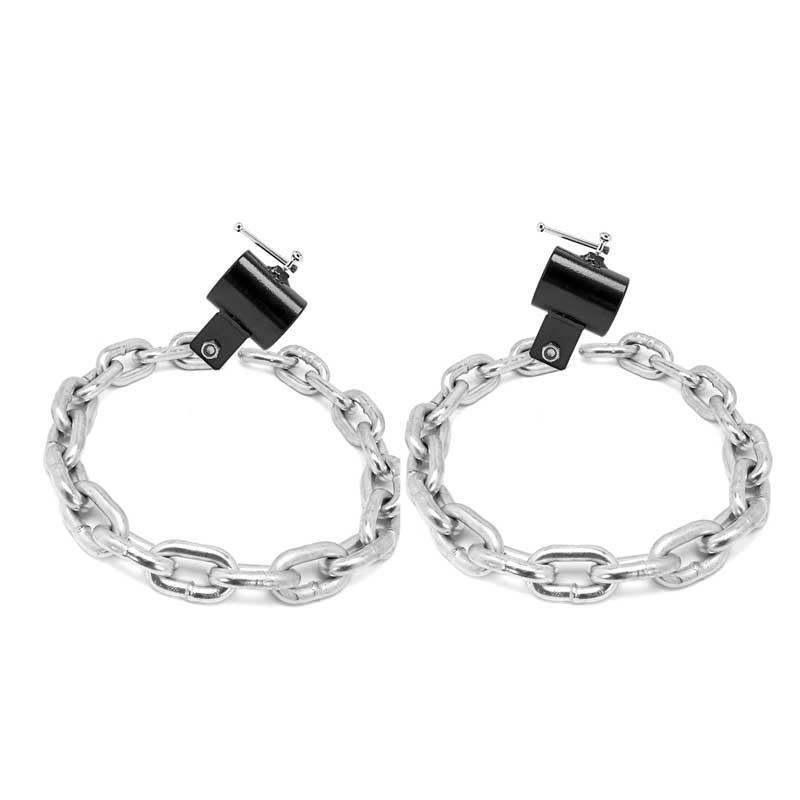What Is Powerlifting?
Powerlifting consists of 3 lifts: the squat, the deadlift and the bench press. Powerlifters will train other lifts, known as accessory lifts, to augment their training for the 3 main lifts. The goal is to lift the heaviest possible weight for each of the lifts.
Powerlifters compete in meets, wherein each competitor tallies up their highest total for each individual lift, for an overall total. The highest total for each weight division wins. Powerlifting focuses on your "go muscles.” These are the muscles of the posterior chain or the back of the body. These include your: traps, lats, triceps, glutes, hamstrings and hip mobilizers. By training all of these, and training them to work together, it provides you with unmatched stability, power and total body strength.
Read more about discovering the main types of strength sports and the secret one for you.
Garage Gym Gains: Powerlifter Ben Pollack Explains the Benefits of Training at Home
At some point, everyone who trains in a commercial gym dreams of having their own gym – a place with all their favorite equipment instead of the standard beat-up treadmills and benches; that plays good music instead of generic Top 40 hits; and, in short, feels like home. Now, opening a commercial gym is obviously a huge endeavor, and it’s not one that’s right for, or possible for everyone. But if the goal is to have a gym that feels like home, then why not build it at home? It seems obvious, but many people write off a home gym as just as much an impossibility as opening a commercial one.
In reality, owning a garage or basement gym is a very realistic goal, and doing so can have a lot of benefits that many people might not think of. This article won’t break down the specifics of setting up the perfect home gym – that’s a topic for another article – but it will explain some of the reasons why you should at least consider doing so, and it’ll give you a few suggestions for getting started.
Lifting Belts: Should You Use One?
Shocking news: The internet has an ongoing debate.
The topic of said debate? Lifting belts. Particularly, whether lifters should wear one or not.
If you read various forums and blogs, you will quickly realize that the opinions on weight lifting belts range from, “Only weaklings wear belts!” to “If you’re not using a belt, you’re not lifting heavy enough!” and every stage in-between.
Anytime I find that there is such a wide variance of opinion on a rather narrow topic, I usually find the the answer is somewhere in the gray area between the black-and-white extremes.
Let's start by clarifying why a belt might be needed, what kinds of belt are on the market, who might benefit most, and when to appropriately use a belt.
Powerlifting Movements & Accessory Work
Trap Bar Deadlifts
This workout requires a hex "trap" bar, which is perfect if you are wanting to improve your deadlift or wondered how to use one.
There are two handle options with a trap bar (in case you didn't know that). The higher handle lessens the range of motion in the lift, which make it ideal if you're trying to improve your deadlifts. Flip the trap bar over (handles underneath) and you can pull from the floor, essentially the same range of motion on a regular barbell (see below).
Workout Submitted by: @hartmanstrength
Double 3 Round Accessory Workout
This week's WOD was submitted by @mgfit4life on Instagram. It's a nice double 3 round workout, targeting mostly the lower body. Looks like Vanessa was squatting and doing some accessory work, using her 10lb Fringe Sport medicine ball but you can go as heavy or light as you need.
Lower + Upper Body Heavy Hypertrophy
Looking for a hypertrophy workout to pump up your whole body? Try this spicy number from @aileenlundquist8. The deadlifts and squats will hit the quads, glutes, and hammies in a big way, while the curls, shrugs, and calf raises will target the often-overlooked biceps, traps, and calves. This workout is a great complement to strength-focused training.


